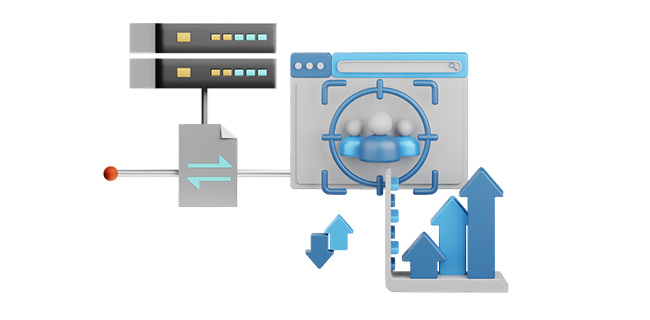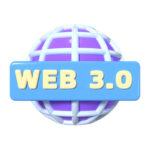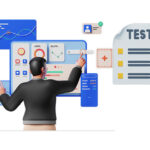Event-driven architecture (EDA) has gained popularity in recent years due to its ability to handle real-time processing and scalability. However, like any architectural approach, EDA is not without its challenges. One such challenge is the risk of overloading your event-driven architecture. In this article, we will explore what overloading means in the context of EDA, its potential causes, and some strategies to prevent and address overloading.
What is Overloading in Event-Driven Architecture?
Overloading in event-driven architecture occurs when the system is unable to keep up with the volume of incoming events. This can lead to a backlog of events, delayed processing, and ultimately, degraded system performance. Overloading can occur at various stages of event processing, including event ingestion, event processing, and event consumption.
Causes of Overloading
Several factors can contribute to overloading in event-driven architecture:
- Sudden Spike in Event Volume: Unpredictable spikes in event volume, such as during peak usage periods or due to unexpected external events, can overwhelm the system.
- Inefficient Event Processing: Inadequate resource allocation, inefficient event processing logic, or poorly optimized code can lead to processing bottlenecks and overloading.
- Lack of Scalability: If the architecture is not designed to scale dynamically based on workload, it can become overloaded when the event volume surpasses its capacity.
Preventing and Addressing Overloading
To prevent and address overloading in event-driven architecture, consider the following strategies:
- Capacity Planning: Conduct thorough capacity planning to understand the system’s limits and to provision adequate resources to handle expected and unexpected event volumes.
- Load Testing: Perform rigorous load testing to simulate various levels of event traffic and identify potential bottlenecks and points of failure.
- Scalability and Elasticity: Design the architecture to be scalable and elastic, allowing it to dynamically adjust resources based on workload.
- Backpressure Mechanisms: Implement backpressure mechanisms to control the flow of incoming events and prevent overload conditions from propagating through the system.
- Monitoring and Alerting: Establish robust monitoring and alerting mechanisms to detect and respond to overloading conditions in real time.
Conclusion
Overloading your event-driven architecture can have serious implications for system performance and reliability. By understanding the potential causes of overloading and implementing proactive measures to prevent and address it, you can ensure that your event-driven architecture remains resilient and responsive in the face of varying workloads. As organizations continue to embrace event-driven architecture for its real-time capabilities, managing and mitigating overloading will be crucial for successful implementation and operation.


